Animals use camouflage to blend in with their environment and avoid the attention of other animals. Animals camouflage themselves in several different ways, but most use colors and markings that resemble the surrounding habitat.
For example, animals that hide among the dead leaves on the forest floor are often covered in brown and grey colors. Conversely, those who live amid the living leaves in the tree canopy are often green. Those who live in the ocean are often clad in blue and white colors to help blend in with the moving water.
Camouflage is used by a wide variety of animals, ranging from tigers to field mice. Predators use camouflage, as do prey species, and some parasites even use camouflage colors to remain hidden in their habitats.
We’ll discuss the ways animals camouflage themselves and share some of the best examples below.
Camouflage by Prey Species
Many animals use camouflage to avoid the attention of predators.
Camouflage coloration is very important for many prey species. In fact, it is the best defensive strategy many animals have for avoiding predators.
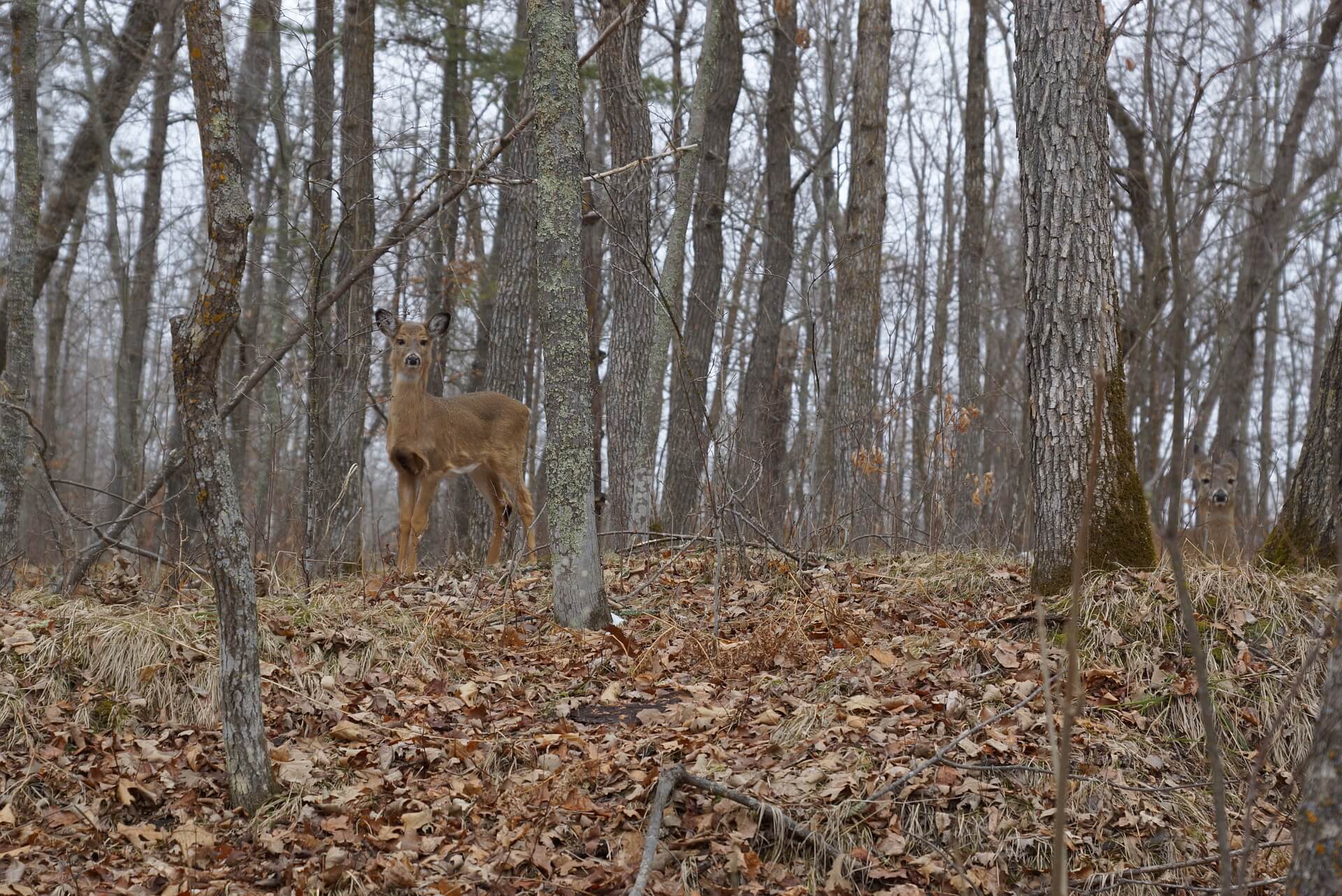
Some of the animals that depend most on camouflage to avoid predators are small birds. This is especially true for those who nest and feed on the ground. These types of birds are hunted by a variety of predators, including hawks, eagles, snakes, foxes and bobcats. However, because they are colored very similarly to the grass they live in, predators have difficulty finding them.
Even large animals, such as deer, moose and elk, rely on camouflage to help them survive. Anyone who’s ever seen a deer in the forest surely understands how well they can blend in with their surroundings. Antelope living on the African plains also have camouflaged coat colors. Most species have fur that matches the color of the grasses that they live in.
Camouflage by Predators
Predators often use camouflage to capture unsuspecting prey.
Prey animals aren’t the only species to use camouflage. Some predators use camouflage too. However, while prey animals use camouflage to avoid predators, predators use camouflage to hide from their prey. Additionally, small and medium-sized predators use camouflage to avoid the predators hunting them too.
Some snakes exhibit very effective camouflage. Green tree pythons, for example, are clad in green, white and yellow splotches, which help them blend in with the tropical rainforest canopies they call home. Copperheads, by contrast, live on the forest floor, so they are brown and gray. This helps them blend in with the dead leaves on the forest floor.
Other predators use camouflage too. For example, tiger shark feature dark bars on their sides, which help them to blend in with the shimmering light and shadows in the ocean. Even terrestrial predators, such as wolves and coyotes, are often covered in brown, grey, white and black fur. This helps to disrupt their outline and make them hard to see in their forest homes.
Even polar bears – the largest terrestrial predators in the world – rely on camouflage to hunt their prey. Polar bears primarily feed on seals. They capture the seals as they emerge from the water and climb out onto the ice. But strangely, polar bears don’t actually have white fur. Instead, their fur is transparent. The individual hairs reflect light, thereby making the bears appear white. In fact, the only portions of a polar bear that don’t appear white are their noses and the bottoms of their paws.
Countershading: Two-Faced Camouflage
Countershading allows animals to camouflage with two different backgrounds at the same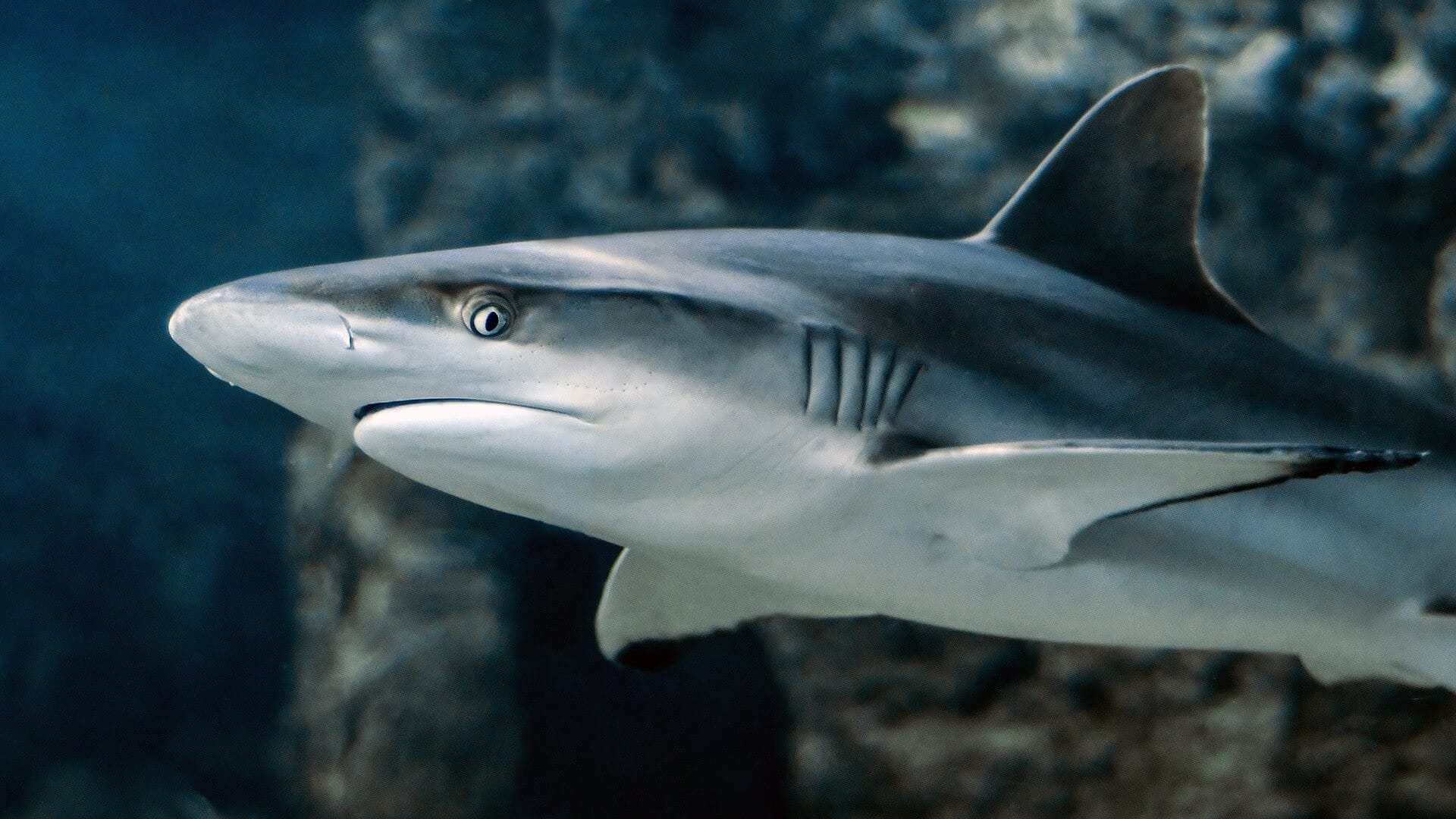
Many aquatic animals use countershading. For example, most water turtles have dark-colored upper shells (called their carapace) and a light-colored lower shell (called their plastron). This way, when birds of prey are hunting them from the sky, the turtles blend in with the dark water beneath them. At the same time, they are hard for alligators lurking below to see them, as their plastrons blend in with the light-colored sky.
There are countless other examples of countershading in the animal kingdom. Most fish, sharks and rays are dark along their dorsal surface and light-colored on their ventral sides. Many birds also use countershading to remain difficult for predators from above or below to see them.
Creative Camouflage: Clever Tricks That Help Improve an Animal’s Camouflage
Some animals employ interesting behaviors to help camouflage their bodies.
Camouflage colors are often helpful, but they aren’t always enough. Many predators have very sharp vision, and they’re able to spot even the best-camouflaged animals with ease. So, prey animals often employ additional strategies that help them to remain out of sight.

For example, stick insects and praying mantises often rock back and forth while they move. This helps them to blend in with the twigs and branches blowing in the breeze. Combined with their camouflaged coloration, this can make the insects nearly invisible.
Other animals hold their bodies in strange positions or adopt unusual postures to blend in with their habitat. Owls, for example, will often compress their bodies and ruffle their feathers, which makes it harder to spot them amid the tree canopy. Some wading birds will stand straight up, with their heads pointing to the sky. This helps them to blend in with the reeds, cattails and grasses in which they hunt.
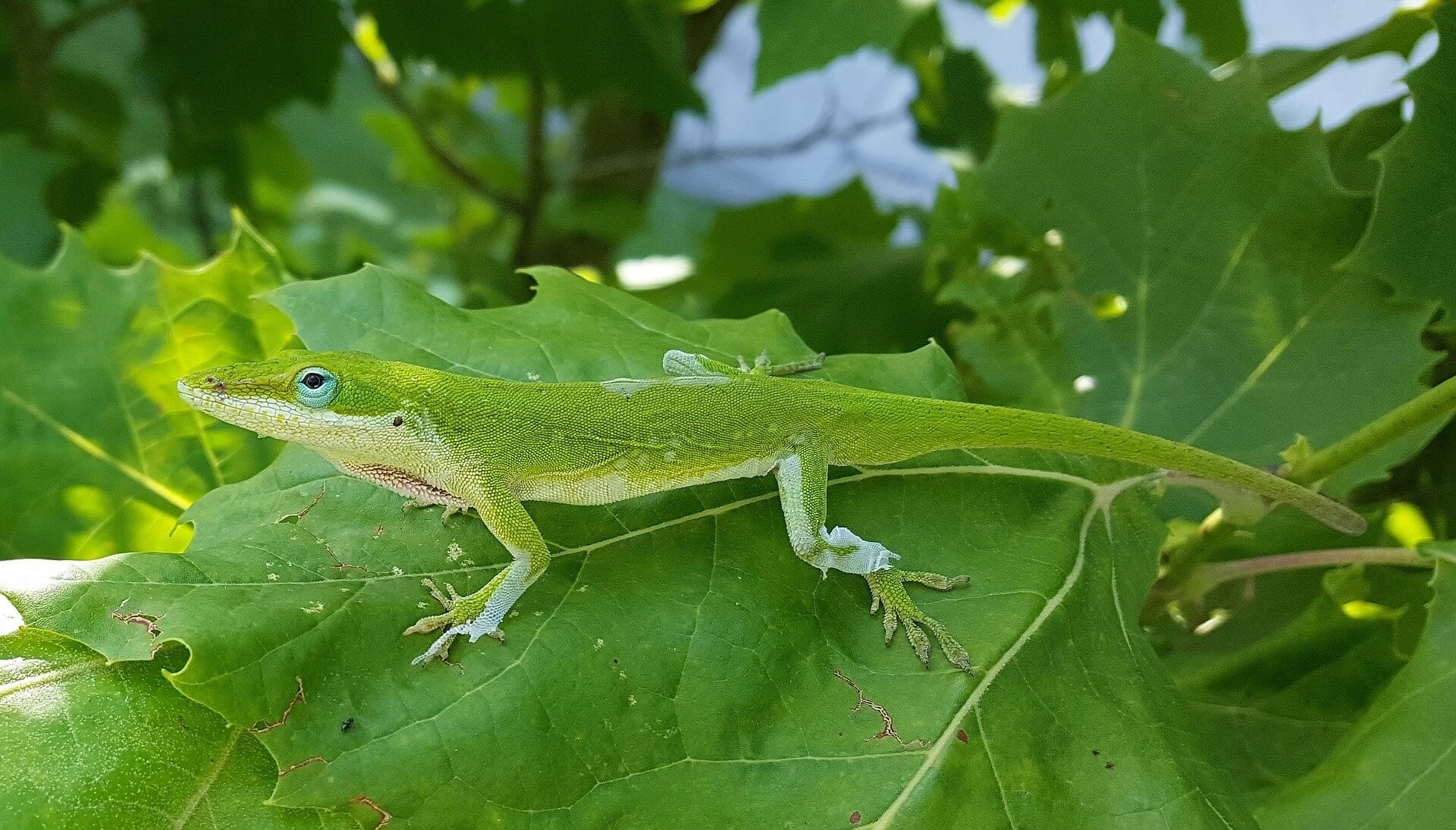
Camouflage is one of the most wide-spread adaptations found in the animal kingdom. For many animals, effective camouflage can be all the difference between life and death.
In fact, the need to camouflage with their habitat is a big part of the reason that some animals can’t live in other places. For example, a brown frog that camouflages with the forest floor would not survive long in a field of green grass.
Can you think of an animal that we haven’t already mentioned that uses camouflage? Share your examples in the comments below.

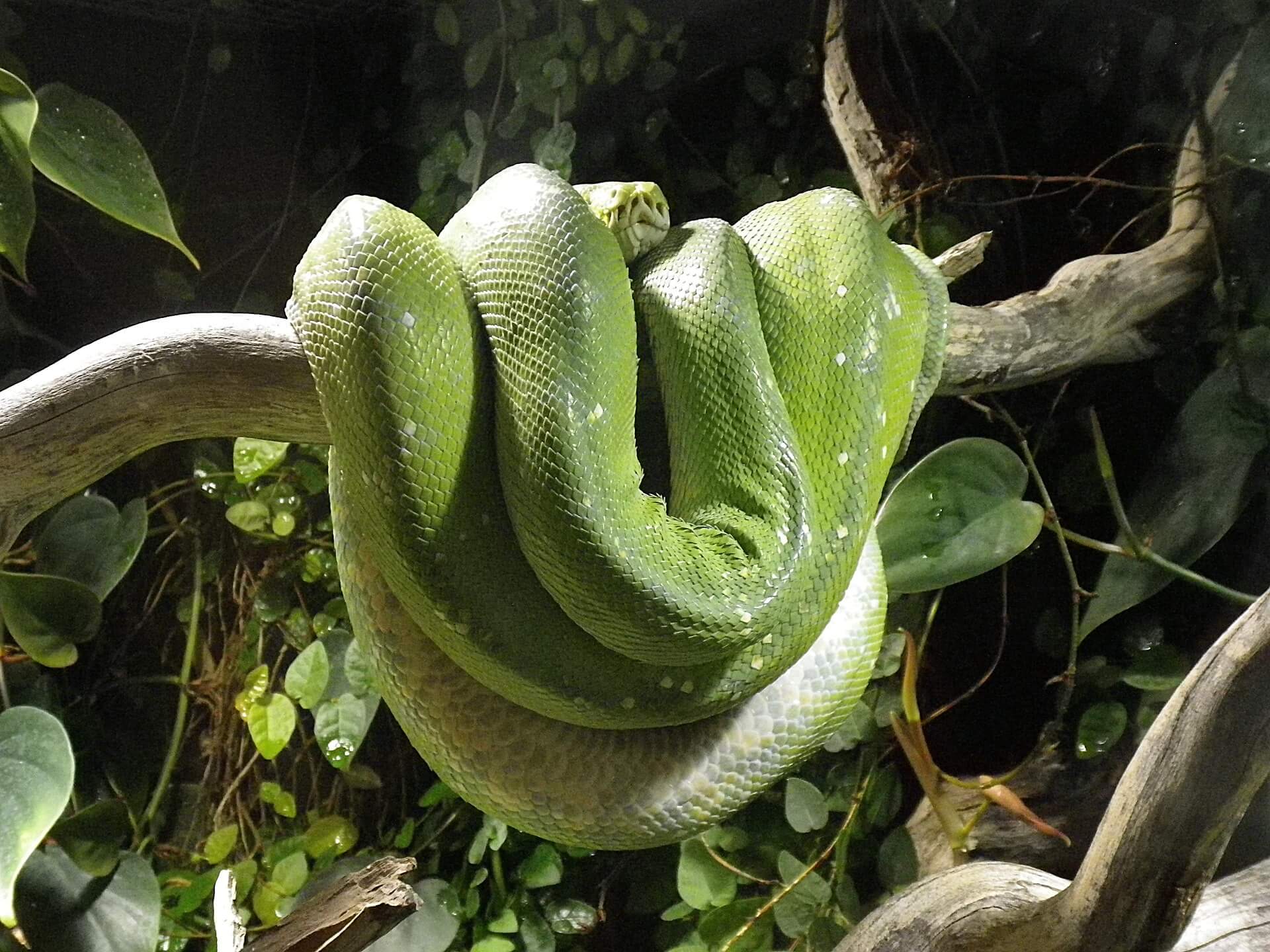


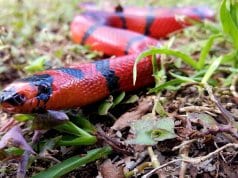
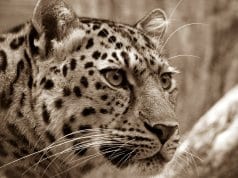
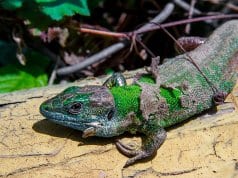
![Red Angus Closeup of a beautiful Red Angus cowPhoto by: U.S. Department of Agriculture [pubic domain]https://creativecommons.org/licenses/by/2.0/](https://animals.net/wp-content/uploads/2020/03/Red-Angus-4-100x75.jpg)

